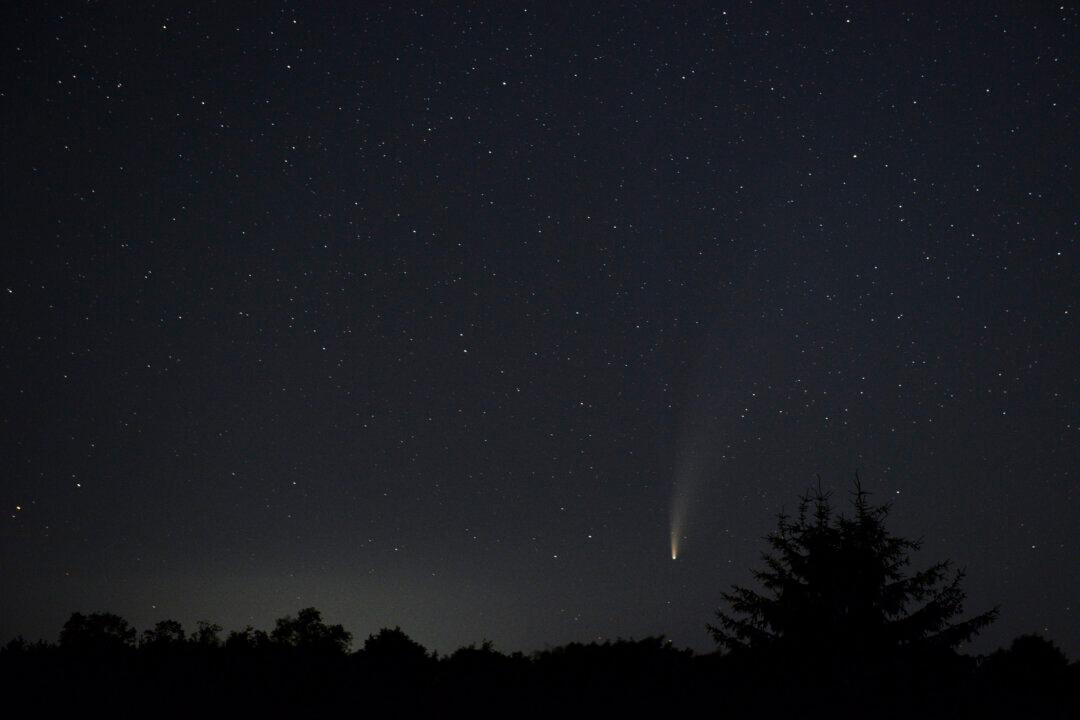Something in space has been releasing fleeting blasts of radio waves, and scientists have finally unraveled this decade-old astronomical mystery.
The outbursts of energy, known as fast radio bursts (FRBs), are millisecond-duration radio pulses which were first identified in 2007 from archived data recorded at the Parkes Observatory in New South Wales, Australia, in July 2001.





